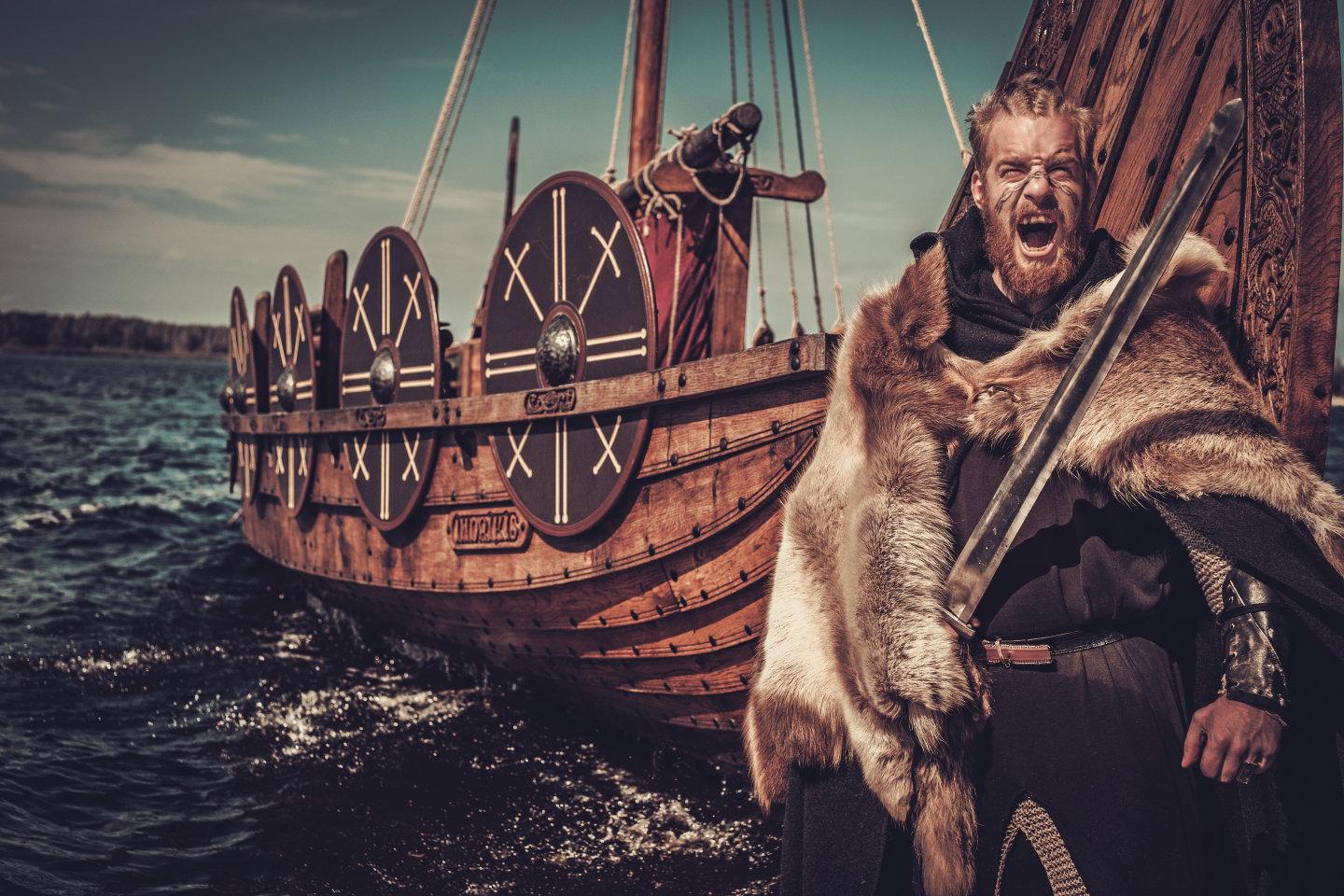The conundrum about the Viking exploration of North America has held both history aficionados and common people captivated for several decades. The general consensus today acknowledges that Vikings indeed reached North American shores. The Viking coin, often referred to as the Maine Penny, serves as a profound testament to this fact.

The initial odyssey: Vikings in North America
The concrete proof of Scandinavian adventurers and settlers reaching as far as L’Anse aux Meadows in Newfoundland around 1000 AD is well-documented. This site might have served as an initial base for further exploration into the American continent. Archaeologists have unearthed an iron smithy and over 800 objects, including bone, stone, and bronze artefacts from this site.
The farther Voyage: did Vikings venture Inland?

However, the question of whether these hardy explorers ventured deeper into the mainland remains shrouded in mystery. The tale of the Kensington runestone suggests the possibility – albeit a slim one – of the Vikings undertaking a 4,000 km journey to Minnesota. The discovery of the Viking artefacts in New England states hints at a Norse presence there.
Assuming this to be accurate, it’s intriguing to ponder how these Viking explorers undertook the 1,850 km journey from Newfoundland’s northern tip to east coast of North America. Another baffling question surrounds the presence of a tenth-century Norwegian coin in New England – the Maine Penny.
The Maine Penny: a Viking coin in America?

The Maine Penny, often referred to as the Viking coin, is one of American history’s most perplexing numismatic mysteries. Is it authentic or a clever forgery? If genuine, how did it find its way to Maine? Let’s delve deeper to uncover the truth.
It’s a well-established fact that the first Europeans to set foot on North American soil did so around 1000 AD in present-day Newfoundland and Labrador in Canada. This Viking party halted here for approximately a year to wait out the winter and accumulate lumber and other resources. Their sojourn was brief, and little is known about their activities in North America apart from survival.
In 1957, an amateur archaeologist named Guy Mellgren claimed to have discovered a Norse coin, believed to date back to 1060 or 1085, at what was known as the Goddard Site, a Native American archaeological site at Naskeag Point on Penobscot Bay in Brooklin, Maine.
This implies that either the coin originated from the initial Viking expedition of 1000 AD or that it was passed on by another Viking party that arrived much later. To date, it remains the only instance of Norse currency discovered in North America.
Unlike the Kensington Runestone, which is shrouded in ambiguity, the authenticity of the Maine Penny isn’t in doubt. Norwegian numismatist – or coin expert – Kolbjørn Skaare, a man with unimpeachable credentials, declared it to be genuine. He concluded it had been minted somewhere between 1065 and 1080 and was in use in the twelfth and thirteenth centuries.
The active years of the Goddard Site – 1180 to 1235 – are well within that period of circulation. Though, to date, no other Viking or Norse artefacts have been found there to support the coin’s Viking origin.
Today, one of America’s most famous coins, the Maine Penny sits in the Maine State Museum in the state capital, Augusta. So we know what the Maine Penny is but we remain in the dark about how it ended up in New England.
Conclusion
The enigma of the Viking coin or the Maine Penny holds a significant place in unraveling the history of Viking exploration in North America. Although several questions remain unanswered, it’s intriguing to explore into the past and uncover pieces of history that continue to baffle and fascinate us to this day.




